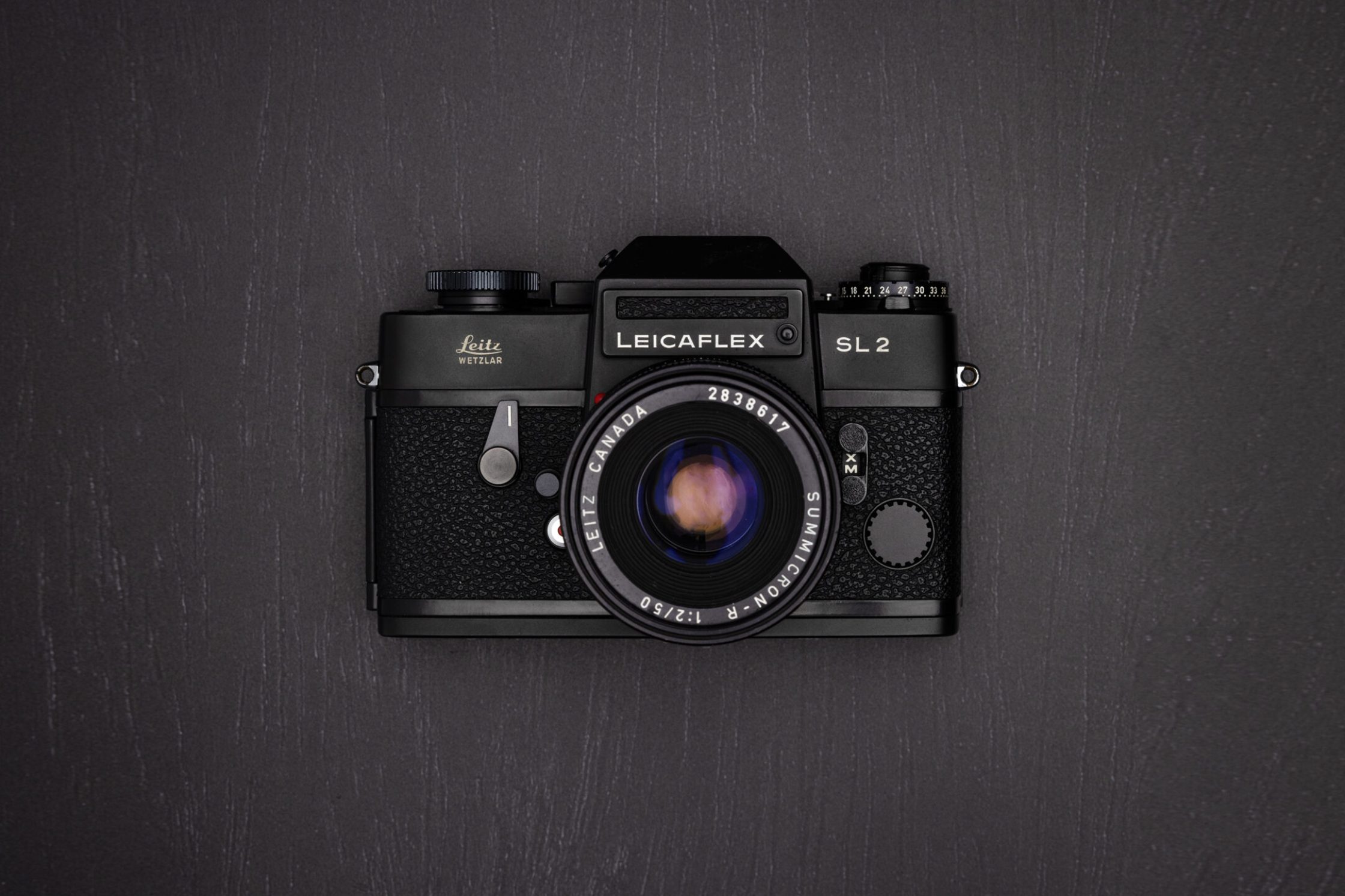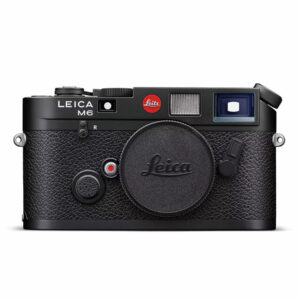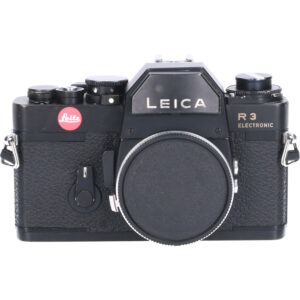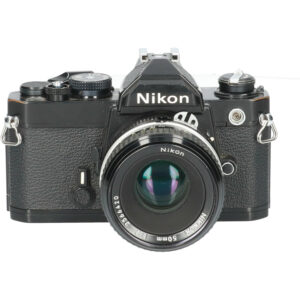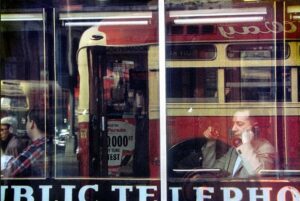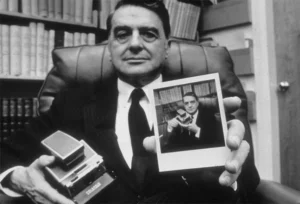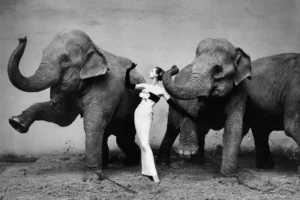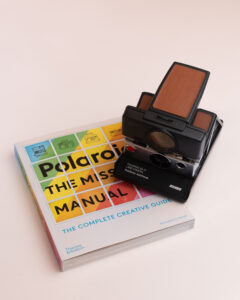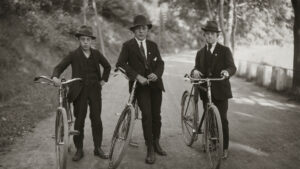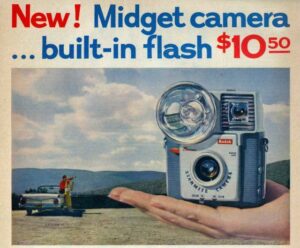Throughout history, Leica has been one of the most iconic camera brands of all time. In times of analog photography, the Leica M system was famous and became an essential in street photography. Not only for its high quality and easy operation but also for its look. It became a style item and every famous photographer had to have one. Even today, the Leica camera still is one of the most stylish and beautiful cameras to have.
Ever since the beginning of photography Leica was very ahead of its time. They made the first 35mm film format in 1925. This made photography so much easier with more compact and portable cameras. This changed a lot in photography, it became more spontaneous and could be more documentary. This changed a lot in the world of photojournalism and the way people could be informed about the news. Leica Limited editions and collaborations made the brand famous and give it a status that is still lasting today.
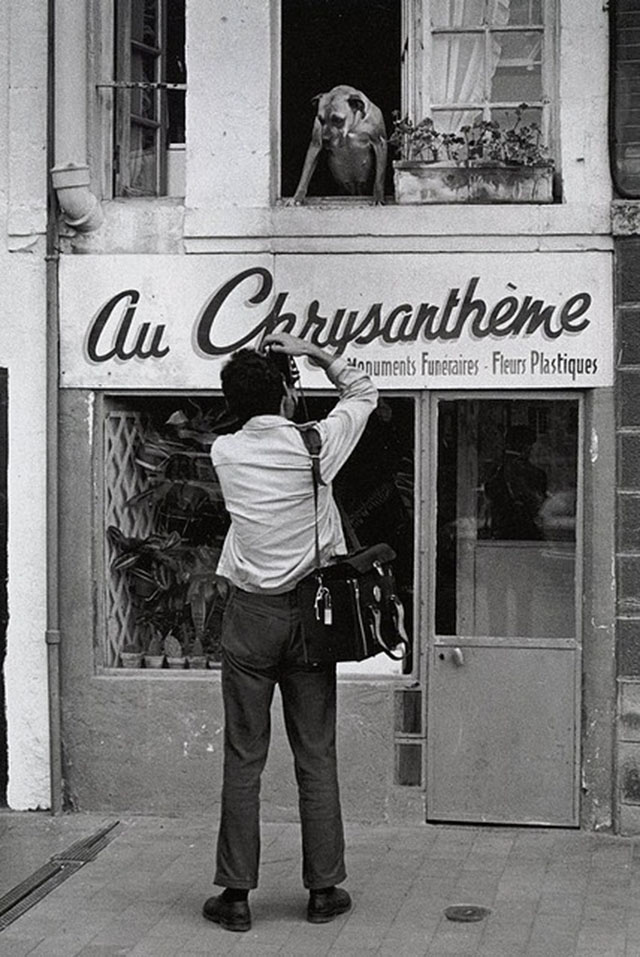
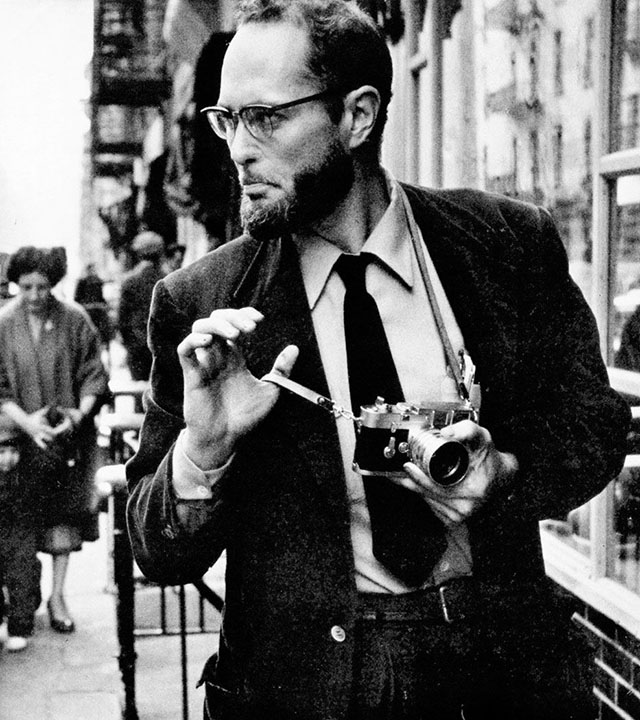
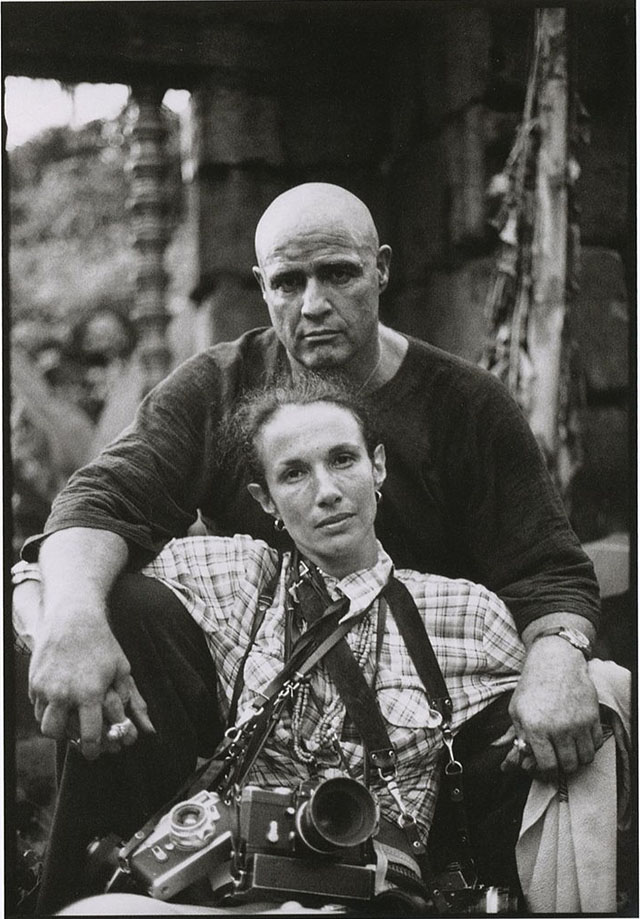
Famous photographers that love Leica
Not only photographers but also movie stars, artists and writers wanted to have a Leica camera. The easy handling and portability made the Leica camera more for everyone.
Some famous Leica photographers in history are:
- Henri Cartier-Bresson: Often regarded as the father of modern photojournalism, Cartier-Bresson was a master of candid photography. He extensively used Leica cameras throughout his career, capturing iconic moments in history.
- Robert Capa: A legendary war photographer, Capa co-founded the Magnum Photos cooperative. He used Leica cameras to document several conflicts, including the Spanish Civil War and World War II.
- Diane Arbus: Renowned for her distinctive portraits of marginalized and unconventional people, Arbus utilized Leica cameras in her work. Her photography is known for its raw and intimate portrayal of subjects.
- Elliott Erwitt: A Magnum photographer known for his wit and humor in photography, Erwitt has captured numerous iconic images using Leica cameras.
- Ansel Adams: While Adams is more famous for his large-format landscape photography, he also used a Leica IIIc during his travels and for more casual, everyday photography.
Still today the analog leica is insanely popular and a dream camera for many. The m Series are one of the most famous cameras. The Leica M6 was even reinvented in 2022, a modern version of the Leica M rangefinder with a 0.72x magnification. All of its optical surfaces are now coated and less sensitive to stray light. The light meter in the latest M6 shows the correct exposure via a red dot in addition to the two arrow symbols originally used. Additionally, it is equipped with a battery warning indicator.
Leica point and shoot cameras are also very popular and high end. The Leica Minilux and Minilux Zoom are very wanted cameras. With its combination of Leica optics, compact design, and build quality, which made it a popular choice for film enthusiasts and those who appreciated the Leica brand. The only problem with the Minilux is that if they get an error, it can be hard and expensive to fix.
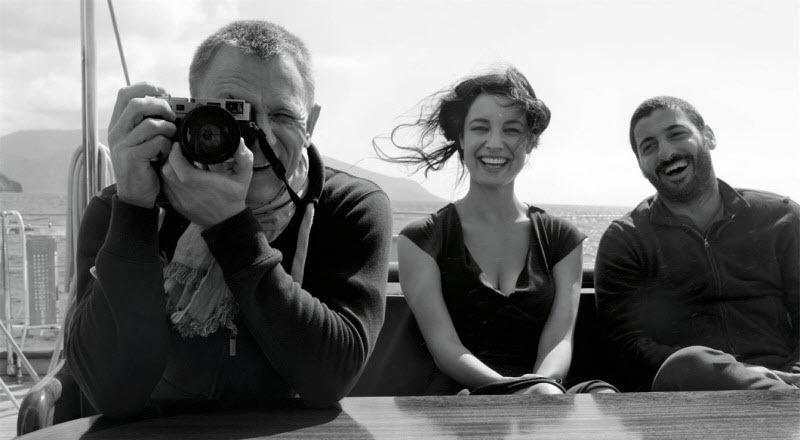
When analog photography had to take place for a new digital era in photography, Leica was not very sure if they wanted to bring out a digital camera.
Leica had a long-standing legacy in film photography, particularly with its iconic rangefinder cameras. The company had built a reputation for producing premium film cameras, and there was a concern about how well they could adapt to the digital era without compromising their traditional values.
Also, their customer base was deeply rooted in the tradition of film photography, and there was uncertainty about how these customers would respond to the shift to digital technology. Traditionalists often had a strong attachment to the mechanical and optical aspects of Leica’s film cameras.
The transition from film to digital photography presented significant technological challenges. Leica needed to invest in research and development to create digital sensors, image processors, and other components that could meet the high standards associated with the Leica brand.
The digital camera market was becoming increasingly competitive, with established players and new entrants introducing advanced features and technologies. Leica had to carefully navigate this landscape to ensure its digital cameras could stand out and maintain the brand’s reputation for excellence.
Despite these challenges, Leica eventually embraced digital technology and successfully introduced digital cameras that retained the quality and craftsmanship associated with the brand. The Leica M8, released in 2006, marked the company’s entry into the digital camera market. Now the Leica M11, Q3 and the SL2 are stealing the show. Leica has continued to blend traditional craftsmanship with modern digital imaging technology.
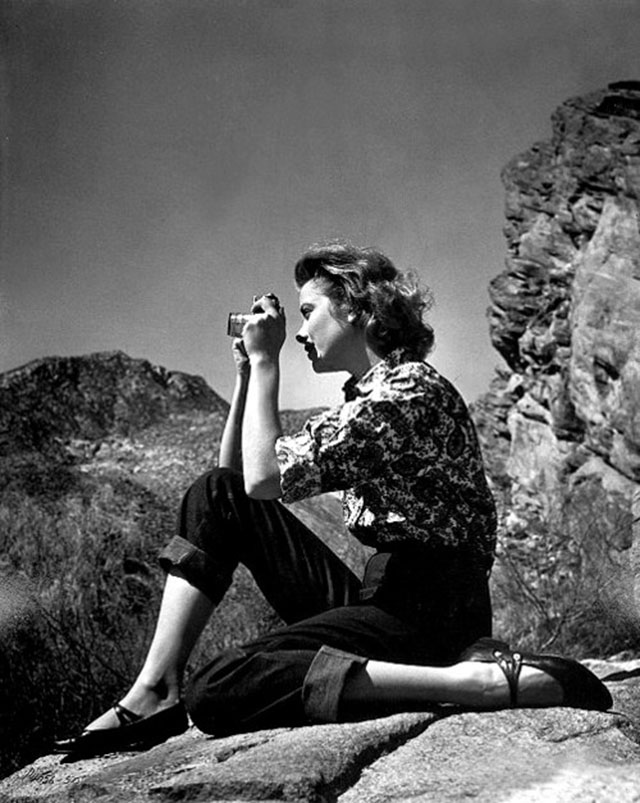
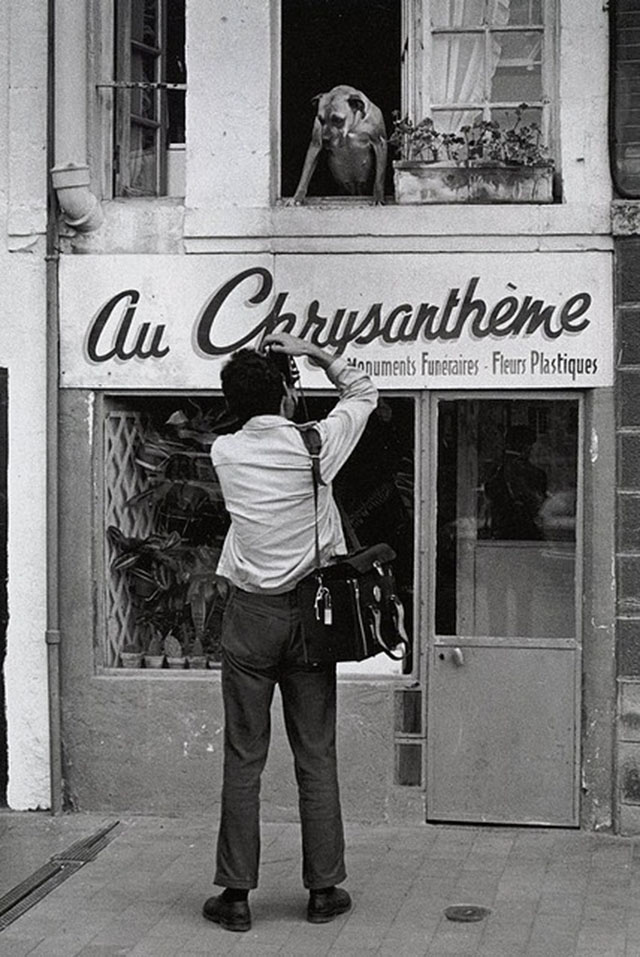
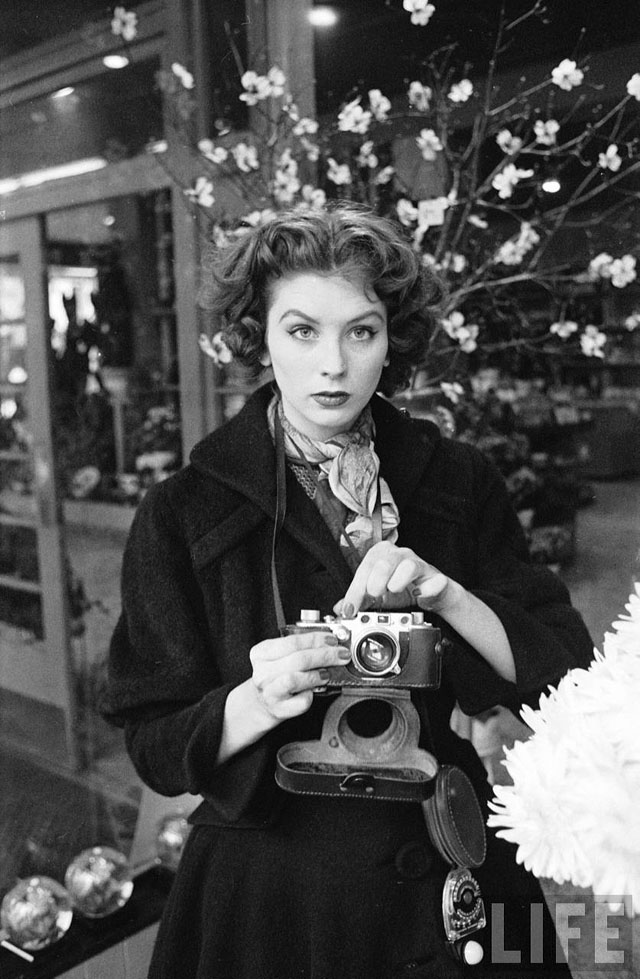
10 Leica Facts
- Origin Story: Leica, a renowned German camera manufacturer, gets its name from “Leitz Camera.” The company was originally founded as “Ernst Leitz GmbH” by Ernst Leitz in 1869.
- Microscope Beginnings: Before entering the world of photography, Leica started as a manufacturer of microscopes. They gained expertise in optics, which later contributed to the high-quality lenses in their cameras.
- First 35mm Camera: Leica is credited with creating the world’s first commercially successful 35mm camera, the Leica I, introduced in 1925. This innovation revolutionized photography by making cameras more portable and accessible.
- Red Dot Design Award: The iconic Leica logo, a red dot surrounded by a red circle, is a symbol of quality and design. It has become synonymous with precision and excellence in the world of photography.
- Titanium Build: Leica has produced limited-edition cameras with unconventional materials. For example, the Leica M7 Titanium is made entirely of titanium, making it both durable and distinctive.
- Panda Edition: In 2019, Leica released a limited-edition Leica Q2 designed in collaboration with Chinese-American photographer and actor, Jason Momoa. The camera featured a distinctive white and black color scheme, earning it the nickname “Leica Q2 ‘Gorilla’ or ‘Panda Edition.'”
- Hasselblad and Leica on the Moon: The Apollo 11 mission, which landed the first humans on the Moon in 1969, carried both Hasselblad and Leica cameras. While Hasselblad cameras were used for most of the lunar surface photographs, Leica cameras were utilized for documentary shots in the command module.
- Leica’s Passport to Photography: The Leica Passport program allows Leica owners to get their cameras and lenses stamped at Leica stores worldwide. It serves as a unique way for Leica enthusiasts to document their global travels.
- Surrealist Collaboration: In the 1930s, the famous surrealist artist Salvador Dalí collaborated with Leica to create a custom version of the Leica 250 Reporter. The camera was adorned with a snail and an eye, reflecting Dalí’s unique artistic style.
- Leica M Monochrom: Leica offers a unique camera called the Leica M Monochrom, which captures black-and-white images exclusively. This specialized camera is designed for photographers who appreciate the purity and artistic qualities of monochrome photography.
–
